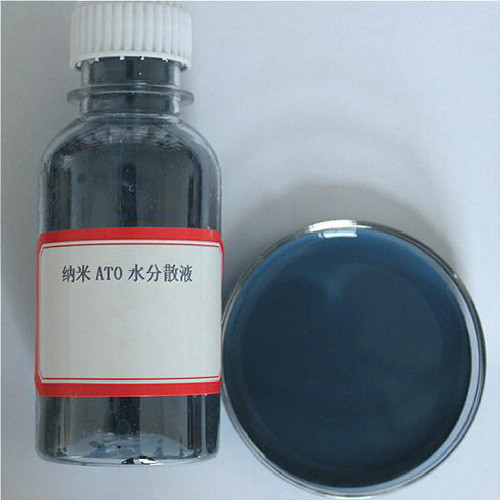XRF, EDS, and ICP technologies are commonly used in material analysis, allowing businesses to study and identify different elements and materials. These technologies are integral to research, development, and the production of new products. In this blog post, we will discuss the benefits and applications of XRF, EDS, and ICP technology.
XRF (X-Ray Fluorescence) Technology
X-Ray Fluorescence (XRF) is a non-destructive material analysis technique that is used to identify and quantify elements and compounds. It is used in industries like mining, manufacturing, and electronics to determine the elemental composition of materials.
XRF technology works by bombarding a material with X-rays that excite the atoms in that material. This causes them to emit fluorescent X-rays unique to that elemental structure. Then the XRF instrument detects the emitted X-rays and identifies the elemental composition of the sample. Businesses can then use this information to make informed decisions about their products, including improving product design and manufacturing processes.
The technology is also used in the jewelry industry for measures like gold karat testing to ensure that the materials used in the manufacturing process meet the required standards.
EDS (Energy-Dispersive Spectroscopy) Technology
Energy-Dispersive Spectroscopy (EDS) is a type of x-ray emission analysis that identifies the elemental composition, texture, and structure of a material. EDS technology is mostly used in the field of electron microscopy, where it allows businesses to gather information about the sample without causing any significant damage to the material.
EDS technology works by bombarding the sample with high-energy electrons in a scanning electron microscope (SEM). When the electrons strike the sample, it creates a signal, which then passes through an amplifier. The signal is preventedwith a detector, and the EDS software identifies the elemental composition of the sample.
EDS technology is useful in material analysis applications such as quality control and failure analysis, and manufacturing processes. Its practical application includes observing fractures and repairs to precise locations on an article.
ICP (Inductively Coupled Plasma) Technology
Inductively Coupled Plasma (ICP) technology assesses the elemental composition of liquids and gases. This technology involves ionizing the sample, creating a plasma, which is then passed through a spectrometer. The spectrometer then identifies the elements present in the sample based on the wavelength of light absorbed and emitted by the sample.
ICP is often used in industrial laboratories to determine the concentration of an element in a sample, such as the level of metals in wastewater. Businesses can also use this technology for food testing and environmental monitoring, which contributes to the safety of the community.
Conclusion
XRF, EDS, and ICP technologies are essential in material analysis, enabling businesses to identify, study, and quantify different materials effectively. Each technology is unique in its approach, but they all serve similar purposes. From analyzing precious metals to ensuring the quality of industrial wastewater, XRF, EDS, and ICP technologies offer a multitude of practical applications that contribute significantly to the manufacturing process.

























